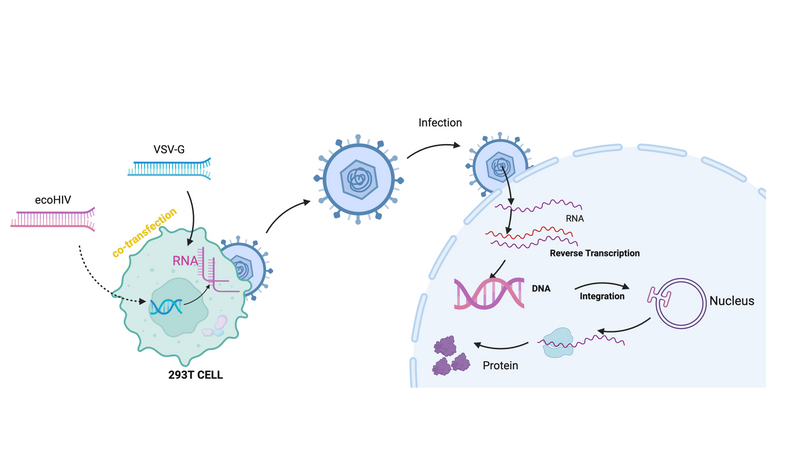Improving the accuracy of protease inhibitor assays is an important aspect of biochemical and molecular biology research. Here are some key strategies aimed at optimizing experimental conditions, reducing errors, and improving the reliability of results:
1、 Choose the appropriate protease inhibitor
Inhibition specificity: Select inhibitors with high specificity based on the type of target protease (such as serine protease, metalloprotease, etc.). Specific inhibitors can more accurately block the activity of target proteases and reduce non-specific interactions.
Inhibition activity: Ensure that the selected inhibitor maintains sufficient activity under experimental conditions. The stability and activity of different inhibitors may be affected by factors such as pH value, temperature, and ionic strength.
Inhibition concentration: Determine the optimal inhibitor concentration through preliminary experiments. Excessive or insufficient concentration may affect the test results.
2、 Optimize experimental conditions
PH value: Adjust the pH value of the experimental system to a range suitable for the activity of the target protease and its inhibitors. Different proteases and inhibitors have varying sensitivities to pH values.
Temperature: Control the experiment at an appropriate temperature to avoid the influence of high or low temperature on the activity of proteases and inhibitors.
Ionic strength and buffer: Select appropriate ionic strength and buffer type to maintain the stability and enzyme activity of the experimental system.
3、 Reduce non-specific interactions
Sample processing: Before adding inhibitors, the sample should be appropriately processed (such as centrifugation, filtration, etc.) to remove impurities that may interfere with the experiment.
Control experiment: Set up a control group (such as the group without inhibitors) and a blank group (the group containing only buffer and inhibitors) to evaluate non-specific interactions and background signals.
4、 Accurate measurement and data analysis
Instrument calibration: Ensure that the instruments used (such as spectrophotometers, enzyme-linked immunosorbent assay (ELISA) analyzers, etc.) are calibrated to ensure the accuracy of measurement results.
Repeated experiment: Conduct multiple repeated experiments to improve the reliability and reproducibility of the results.
Data analysis: Using appropriate statistical methods to analyze data in order to evaluate the significance and differences of the results.
5、 Other precautions
Stability of inhibitors: Pay attention to the stability of inhibitors during storage and use, and avoid using expired or spoiled inhibitors.
Toxicity and safety: Some protease inhibitors may have toxic effects on human cells or experimental animals, so safety precautions should be taken during use.
Reference: Refer to the latest literature and research results in relevant fields to understand the latest progress and application methods of protease inhibitors.
In summary, improving the accuracy of protease inhibitor assays requires starting from multiple aspects such as selecting appropriate inhibitors, optimizing experimental conditions, reducing non-specific interactions, precise measurement, and data analysis. Meanwhile, it is also necessary to pay attention to the stability and safety of inhibitors, and refer to the latest research results in related fields.
Share on:
Facebook
Twitter
Pinterest
WhatsApp
Recent posts
We recommend


